There have been cards and letters arriving daily from readers all over the place, but mostly from those that are buttocks deep in snow and cold. Some have been angry. “Do something about this weather you ….. ” Some have been sad. “Please I beg of you change the weather, please” this one had actual tear drops on the email. Some have been depressed. “I’ve been on hold for two and a half hours. Don’t they man these suicide hotlines anymore. Are you going to do anything about this weather, ok nevermind. I’ll take care of it.” We tried to reach this individual right away but his line was busy. If you ever feel this strongly about the weather immediately move to Belize or maybe Costa Rica. It doesn’t snow there, ever. It’s always nice and they have monkeys.
The reason we get these letters is because we have a weather modification machine that we can use to create desirable weather for those people we like, but unfortunately the Tuff Shed we store it in was damaged by a wind-driven snow storm and one of the unbreakable panels fell on the machine and broke the rare European 12AT7/ECC81 Vacuum tube that sat on the top of the machine. Of course it is critical to its function and we can not change any weather without it. RadioShack is out of them and is waiting on a backorder. Apparently there has been a run on these tubes as others who have weather modification machines in their garage or wherever have suffered damage to their machines as well. The tubes are made by a small family run company in Czechoslovakia which we understand has been split into two countries, Left Czechoslovakia and Right Czechoslovakia, so we don’t even know where to send them our order. We apologize for any inconvenience but this how modern commerce works today. Don’t blame us, blame “Just in Time Inventory control” we have nothing to do with that.
A few of us were sitting around the small compact nuclear reactor that we use to power many of The Institutes needs, just pressing the bottoms of our feet against its sides where it is the warmest and talking about being warm. That little dark-haired woman we call SK was acting silly and pressing her butt up against the sides of the reactor on a dare and the conversation turned to what it was like when you were a kid and wanted comforting.
One of the PhD’s who was putting ointment on a particularly bad burn on the soles of his feet, who is old but can still remember stuff, talked about how he liked to crawl into someone’s lap when he was younger, preferably a bigger woman like his mom or an aunt, or the neighbor lady who liked to come over just because she liked him crawling into her lap. It was back in the days before PC or political correctness became the law and you could say big, or heavy, or even fat if you knew the person real good and she didn’t get mad at you for saying it. He said he liked the warmth and softness of them and how he could wiggle until he felt just right and sometimes he would even fall asleep.
None of us thought he was too weird but then Ethan, the new intern that we use to change the fuel rods in the reactor, said he would like to get naked and squidgle down into the leaves in the picture above. Wrap up in them and feel how warm they were. The sun would make them feel like big soft green marshmallows and it would feel so good that maybe he just wouldn’t be able to stand it. We all thought that Ethan should have a short break from fuel rod duty, maybe get in to the clinic to see what could be done about all of his hair loss. After he wandered off to find his lead-lined gloves we all talked about the green in the picture. How it seemed like you could fall into the green and just roll around on it. It had to be warm, like human skin warm, to get that green.
It certainly is not the same as summer but gathering around the heat source of your choice and looking at pictures that warm your soul if not your body seems like a good way to spend your long winter day. We’d write more but Ethan just jerked open the reactor door to change one of the fuel rods so we had to go out and wait in the hall for him to finish. It seems like it is taking him longer and longer to complete what should be a simple chore. OK then, Stay warm.
If you insist on knowing more about our weather modification program perhaps the following posts may help you.


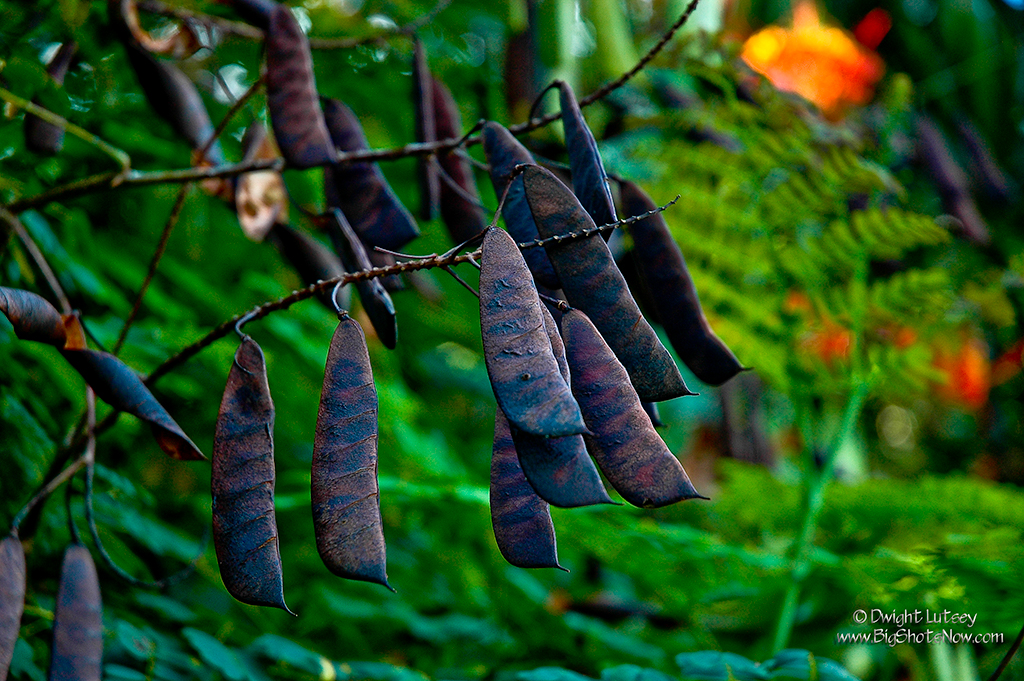
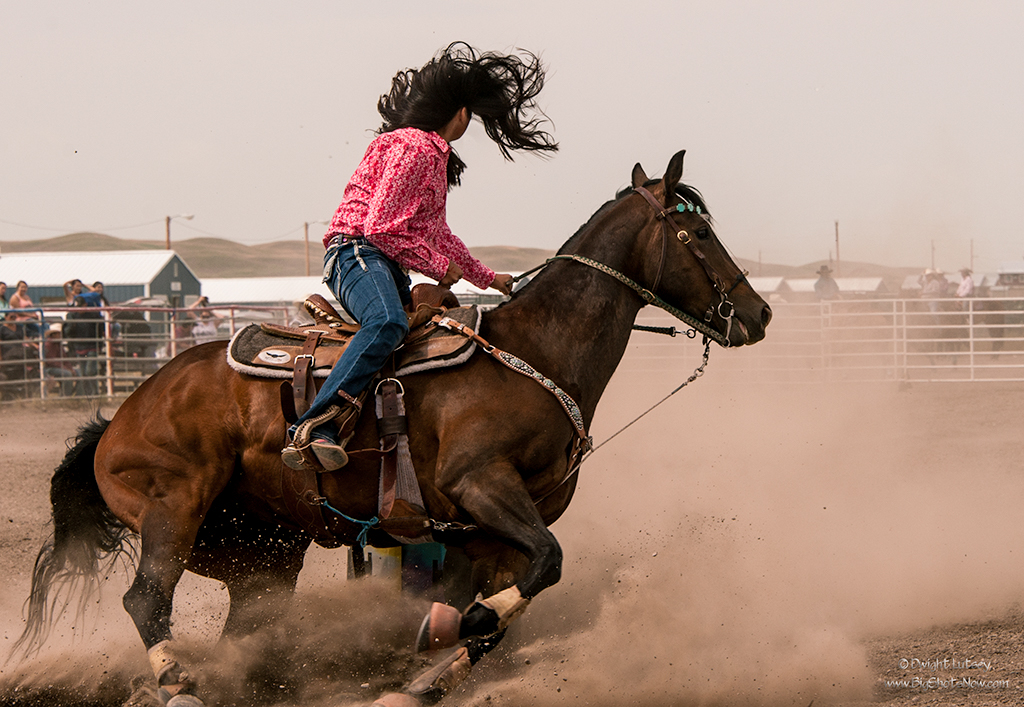
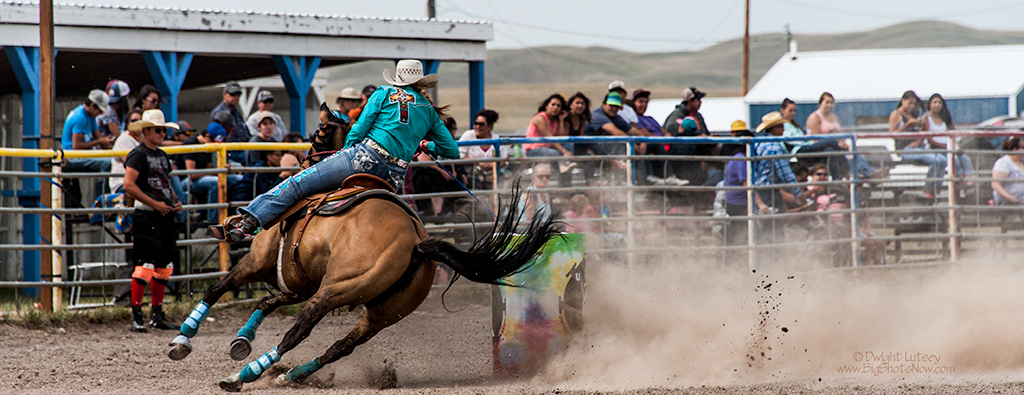
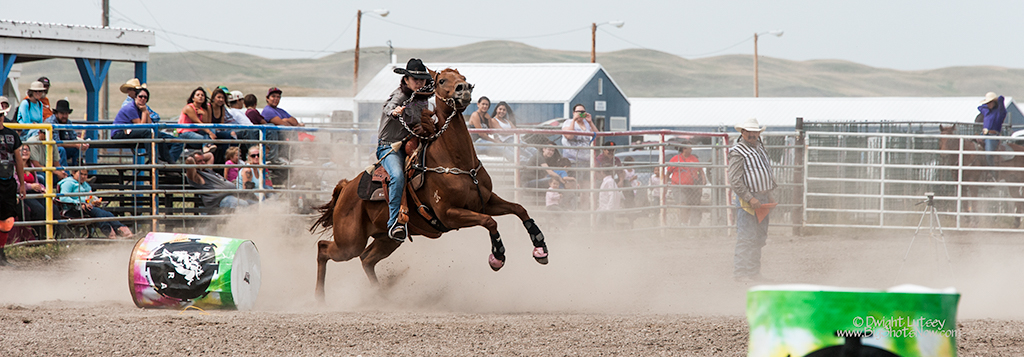
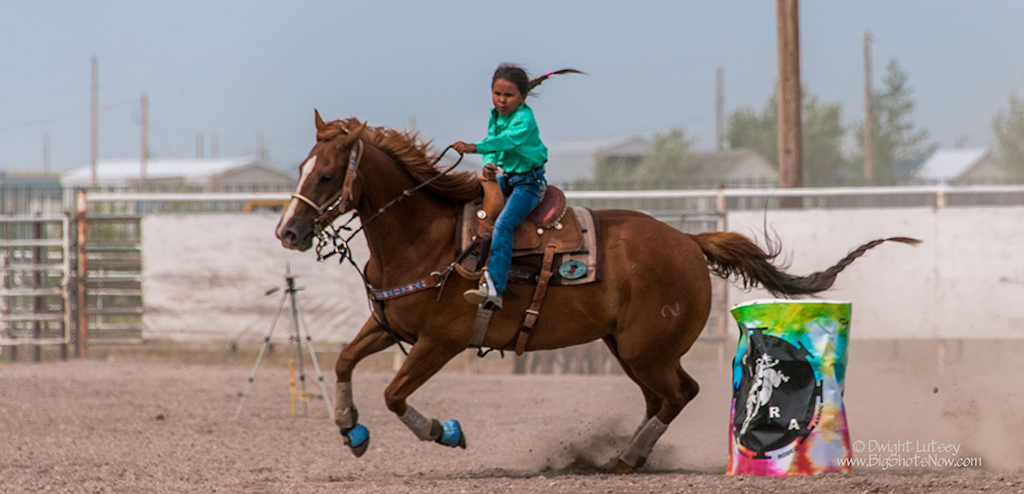

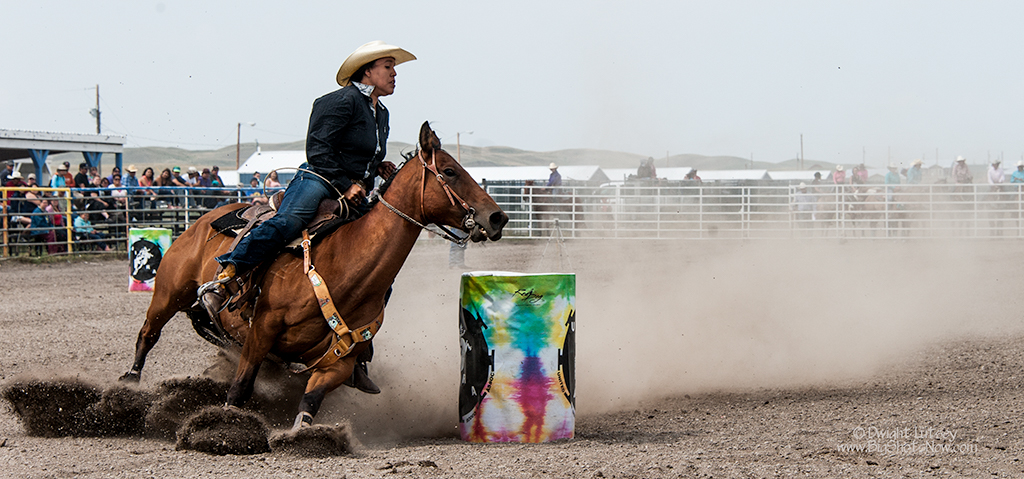
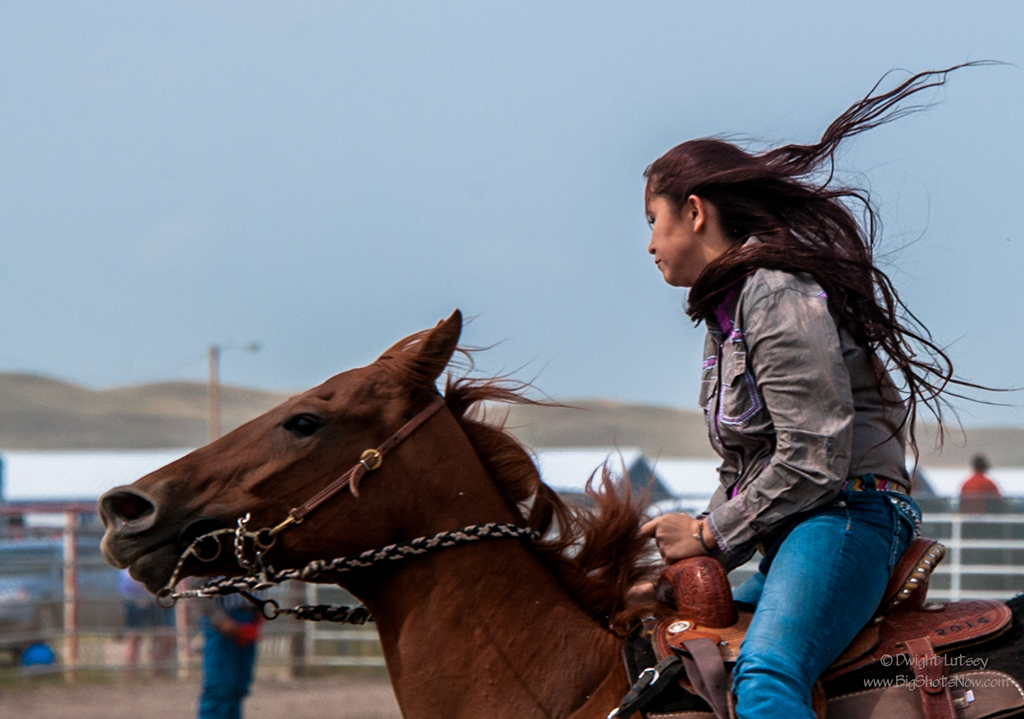
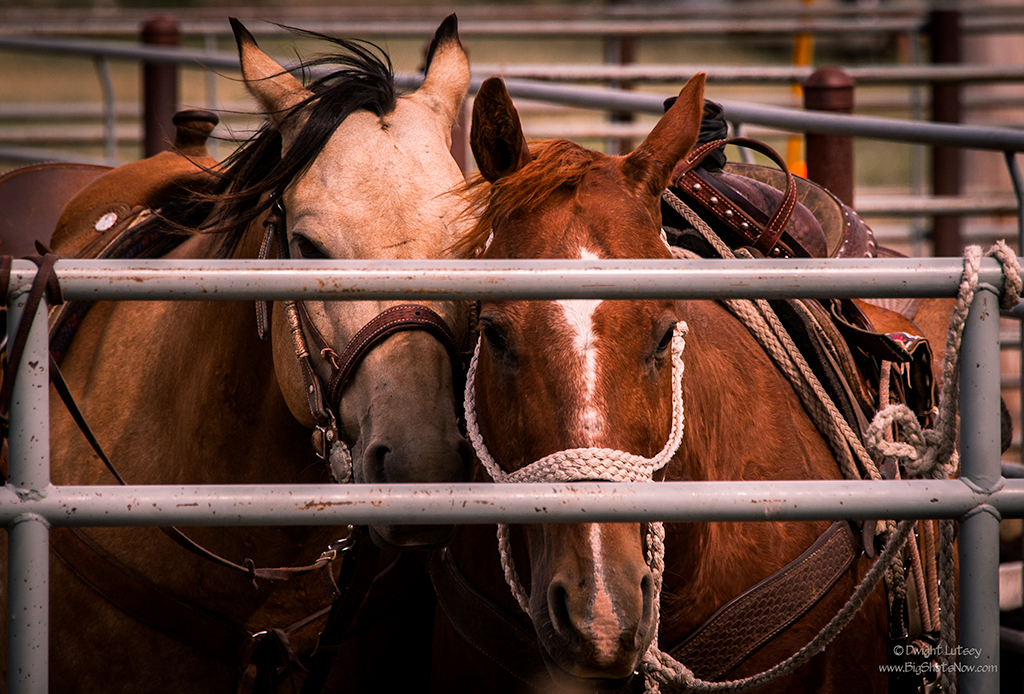
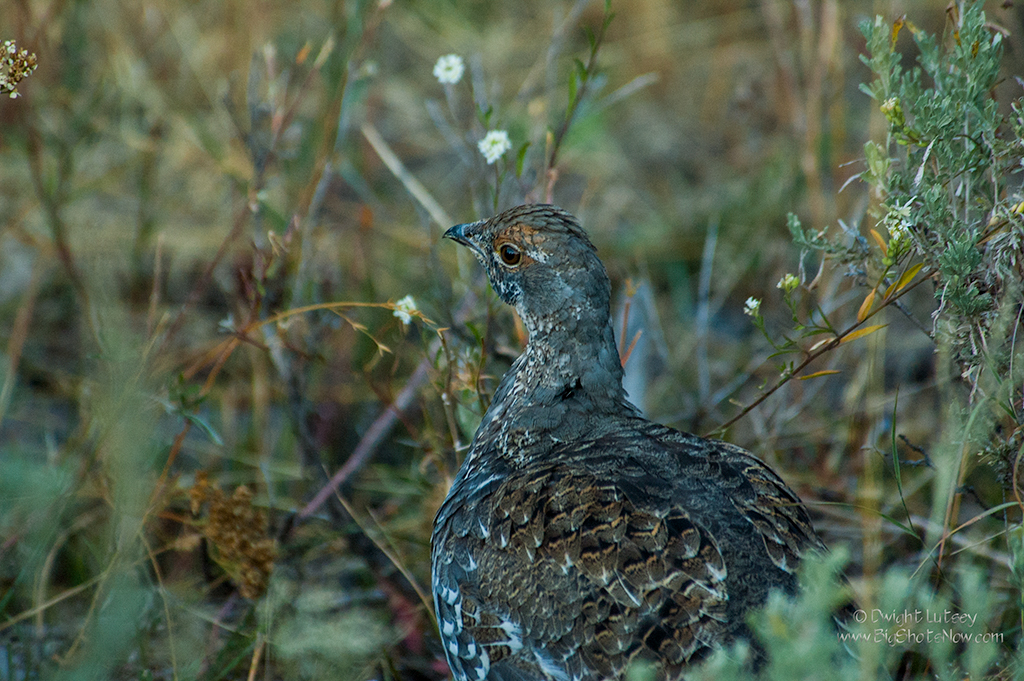


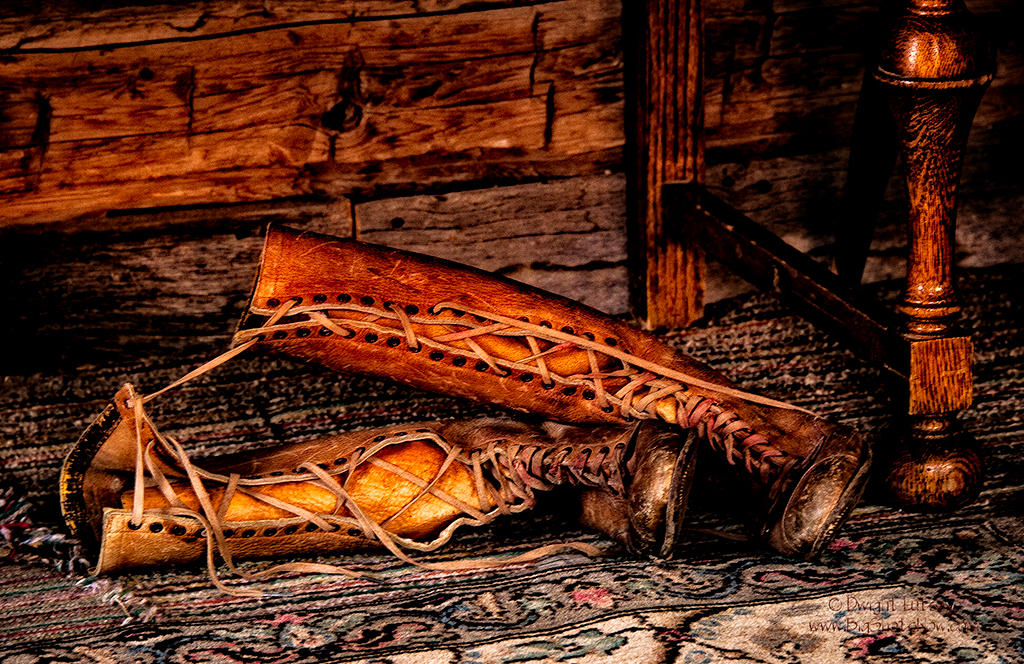
You must be logged in to post a comment.